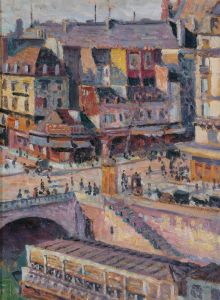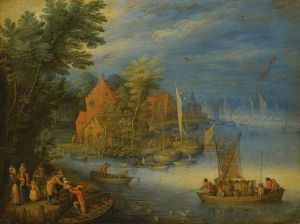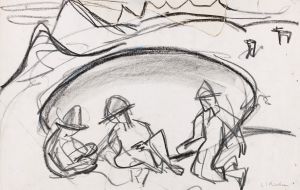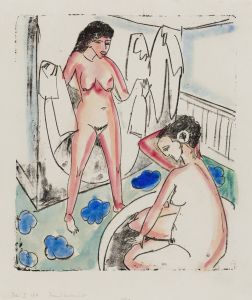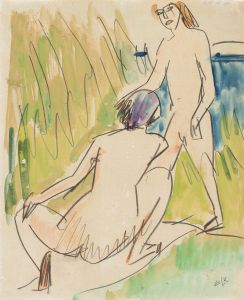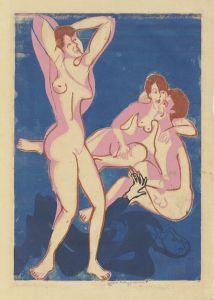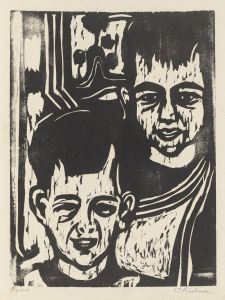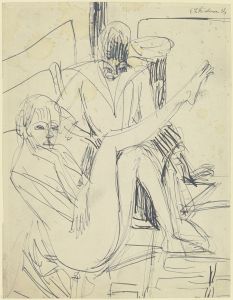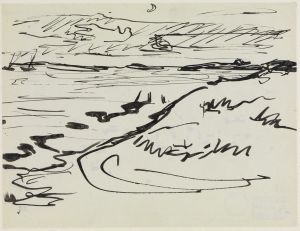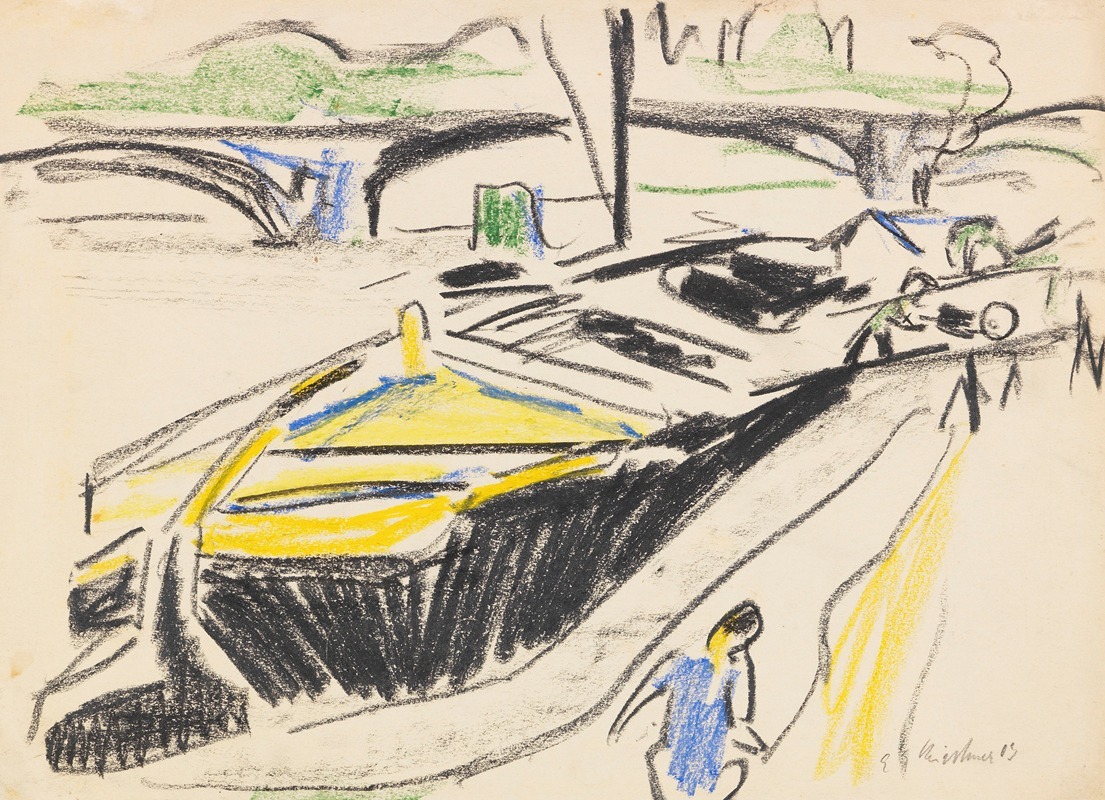
Schleppkahn am Elbufer im Hintergrund die Carolabrücke
A hand-painted replica of Ernst Ludwig Kirchner’s masterpiece Schleppkahn am Elbufer im Hintergrund die Carolabrücke, meticulously crafted by professional artists to capture the true essence of the original. Each piece is created with museum-quality canvas and rare mineral pigments, carefully painted by experienced artists with delicate brushstrokes and rich, layered colors to perfectly recreate the texture of the original artwork. Unlike machine-printed reproductions, this hand-painted version brings the painting to life, infused with the artist’s emotions and skill in every stroke. Whether for personal collection or home decoration, it instantly elevates the artistic atmosphere of any space.
"Schleppkahn am Elbufer im Hintergrund die Carolabrücke" is a painting by the German expressionist artist Ernst Ludwig Kirchner. Kirchner, born on May 6, 1880, in Aschaffenburg, Germany, was a founding member of the artist group Die Brücke (The Bridge), which played a pivotal role in the development of Expressionism in the early 20th century.
The painting, whose title translates to "Barge on the Elbe River Bank with the Carola Bridge in the Background," depicts a scene along the Elbe River in Dresden, where Kirchner and other members of Die Brücke were active. The Carola Bridge, a significant landmark in Dresden, is visible in the background, anchoring the composition in a recognizable location.
Kirchner's work is characterized by bold colors, dynamic compositions, and a sense of immediacy and emotional intensity. In "Schleppkahn am Elbufer im Hintergrund die Carolabrücke," these elements are evident in the vibrant hues and the energetic brushstrokes that convey the movement of the river and the activity along its banks. The painting reflects Kirchner's interest in urban scenes and his ability to capture the essence of modern life.
The Carola Bridge, named after Carola of Vasa, Queen of Saxony, was an important structure in Dresden, connecting the inner city with the eastern districts. It was originally built between 1892 and 1895 and was a symbol of the city's growth and modernization during that period. The inclusion of the bridge in the painting not only situates the work geographically but also underscores the theme of progress and industrialization that was prevalent in Kirchner's work and the broader context of Die Brücke.
Kirchner's time in Dresden was highly productive, and he created numerous works that depicted the city's landscapes, street scenes, and inhabitants. His style during this period was heavily influenced by the works of Edvard Munch and the Fauves, as well as by non-Western art, which he encountered through ethnographic museums and exhibitions. These influences are evident in the simplified forms, expressive lines, and intense colors that characterize his paintings.
"Schleppkahn am Elbufer im Hintergrund die Carolabrücke" is an excellent example of Kirchner's ability to blend observation with emotional expression. The painting captures a specific moment in time, yet it transcends mere representation to convey a deeper sense of the vibrancy and dynamism of urban life. The barge on the river, a common sight in Dresden, serves as a focal point, drawing the viewer's eye into the scene and inviting them to explore the interplay of natural and man-made elements.
Kirchner's work has been widely celebrated for its contribution to the development of modern art. His innovative use of color and form, along with his commitment to capturing the spirit of his time, has left a lasting legacy. "Schleppkahn am Elbufer im Hintergrund die Carolabrücke" remains a testament to his skill as an artist and his ability to convey the complexities of the world around him through his unique vision.





